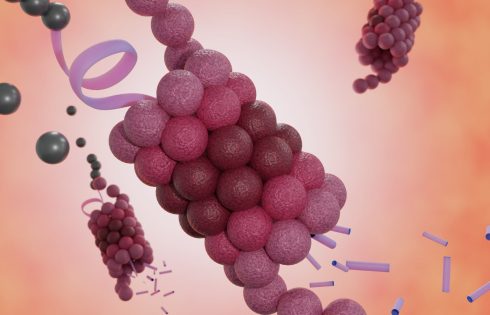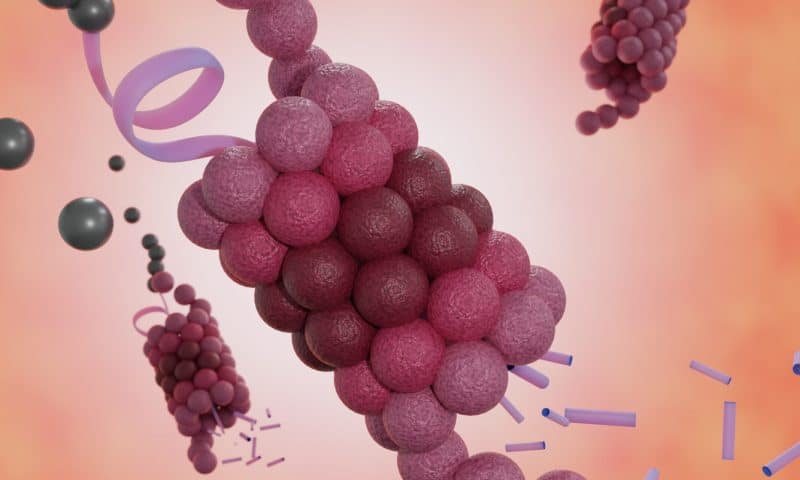
Scientists from Duke University School of Medicine, the University of Texas (UT) Health Science, and the University of Arkansas have found a way to improve the uptake of proteolysis targeting chimeras (PROTACs) by cancer cells. Details are provided in a new Cell paper titled, “CD36-mediated endocytosis of proteolysis-targeting chimeras.”
PROTACs are small molecules that use the ubiquitin-proteasome system to remove unwanted proteins. They are a promising class of cancer-fighting drugs, but there are challenges with getting them into cells due to their large size. The new method that the researchers are proposing uses the CD36 protein, which is abundant in the body and found on the surface of cells, in the intestine, skin, lungs, eyes, and even some brain cells.
Instead of tweaking drug molecules to help them slip through cell membranes via passive diffusion, the scientists used a strategy called chemical endocytic medicine chemistry, which relies on the process of endocytosis. By designing drugs to use the CD36 pathway, researchers were able to deliver 7.7 to 22.3 times more of the drug inside cancerous cells. This change makes the treatments up to 23 times more potent, according to the researchers. Furthermore, data from mouse studies showed that the enhanced uptake led to stronger tumor suppression without making the drugs harder to dissolve or less stable.
This approach could impact future efforts to design drugs once considered too big to work. “It could rescue many drugs that were previously considered unusable due to poor absorption and turn them into clinically useful treatments for diseases,” said study author Hui-Kuan Lin, PhD, a cancer biology researcher and professor in the pathology department at Duke University School of Medicine.
The strategy is proving particularly useful for PROTACs, which are typically between 700 and 1,000 Dalton (Da). In this study, the researchers tested PROTACs that were over 1,000 Da. Despite their size, the modified PROTACs not only entered cells more efficiently but also showed greater tumor-fighting power, all while maintaining their stability and solubility.
“This was completely unexpected in the research field,” said study author Hong-yu Li, PhD, professor of medicinal chemistry and chemical biology in the pharmacology department at UT-San Antonio. Scientists have long thought that “molecules this large couldn’t cross membranes effectively, since the endocytic cellular uptake of chemical compounds was unknown. We identified CD36 as a protein for uptake and optimized drugs, better engaging with CD36 to internalize these drugs to more efficiently reach the target protein.”
Several companies are developing PROTACs to treat cancer, neurodegenerative diseases like Parkinson’s, and other conditions. For now, the findings reported in this paper will need to undergo further testing and evaluation in clinical trials before the strategy can be used in patient therapies.

